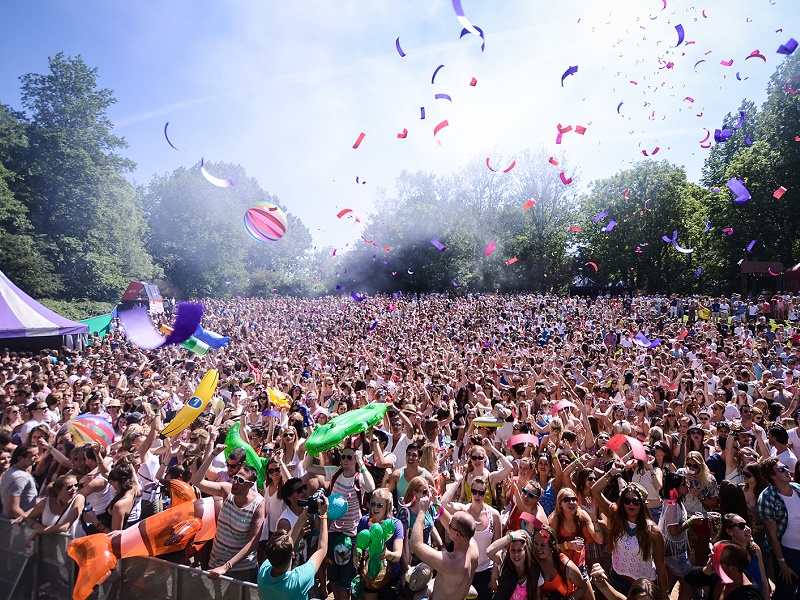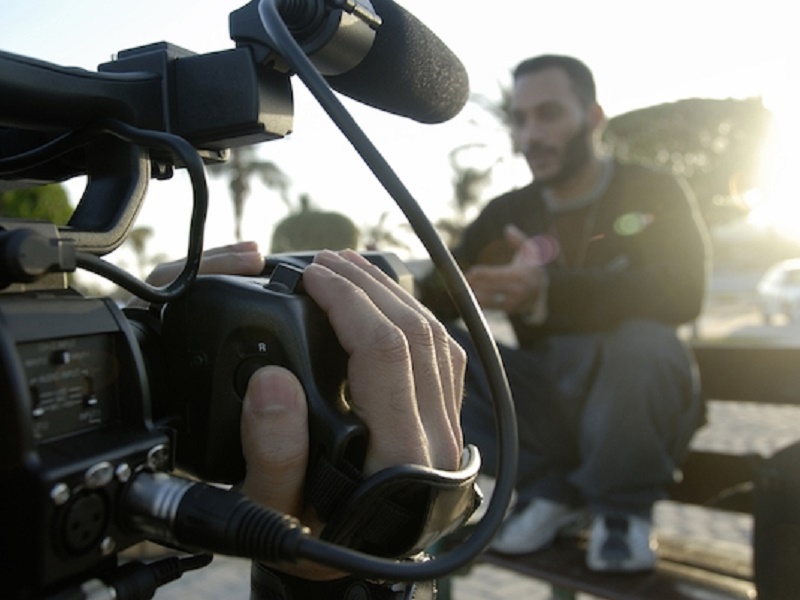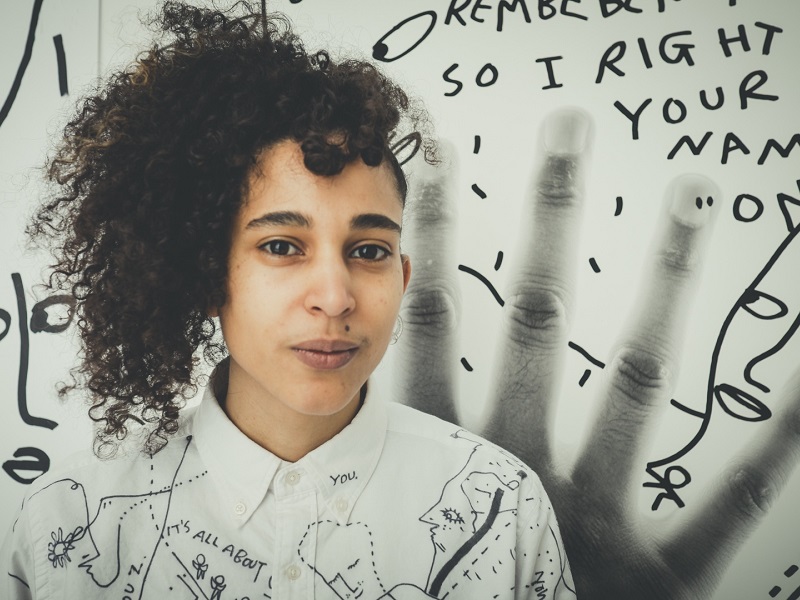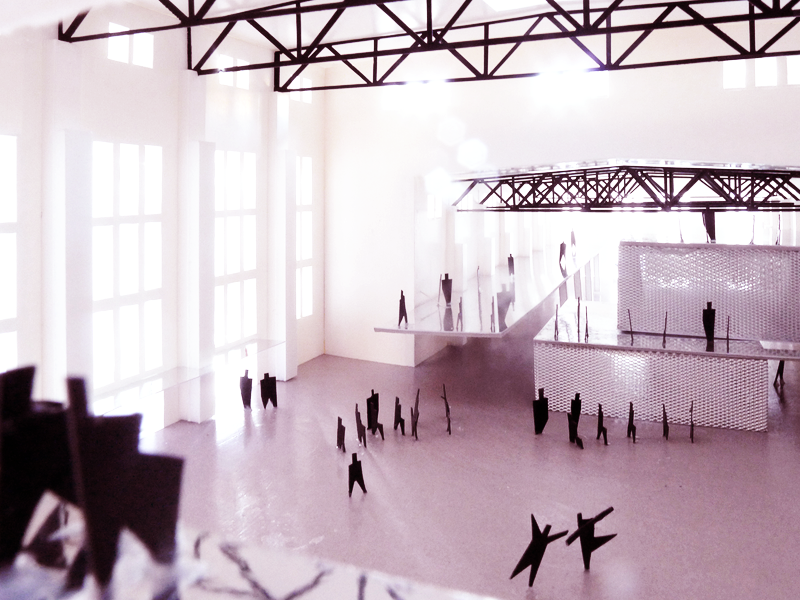
Ekaterina Solodukha: “A project proposal is also a piece of art”
Ekaterina Solodukha has been working in theatre management for 12 years. She is the director of the Teatralny Kufar International Student and Youth Theatre Festival. “Kufar” is a Belarusian word that means “chest”. Since the founding of the festival, 160 theatres from 50 countries have taken part in the festival, which is organised with the support of the Belarusian State University. Now Ekaterina has her sights set on the next stage — the opening of a permanently active urban festival platform, which would allow to add new art forms such as painting, dance, visual and performing arts, to develop and move forward. Ekaterina has already found a space — one of the workshops of a disused factory in Minsk. “It would be possible to hold exhibitions and workshops there, open a café and earn a profit too,” contemplates Ekaterina Solodukha. On the way to the realisation of these visions, there’s one inevitable step — raising funds — and this means drafting a project proposal. You can’t get anywhere without one.
.png)
Here are a few tips that helped Ekaterina Solodukha to change her attitude towards filling in forms and approach the project proposal as a creative product.
1. Idea in context: We are all passionate about our own ideas, but do not always understand how an idea is relevant and important to other people. When drafting a proposal, context is no less important than the idea itself. You should know how to come down to earth and visualise the idea in real conditions.
2. Trends: There are fashionable trends in modern project management too. Currently, a new sphere of activity has come to the attention of EU projects: andragogy or adult education. Now projects that take into account this aspect are welcome. And this is absolutely right, since there are few opportunities for adults to learn painting, dancing and playing music. All these initiatives by and large target young people. My project takes just that into account: we plan to create an art platform where professionals could create and teach at the same time.
3. Language and Jargon: All applications are usually completed in English. Therefore, it is important to have a good command of “project” jargon, or so-called “Brussels English”. It will enable you to speak the same language as those who will be reading your proposal. For example, I used to employ certain field-specific “project” keywords when filling in an application. But I now understand that project language is a special system that has to be learnt and used.
4. What matters are people: I believe that at the centre of each project there should be a specific person in mind for whom you wish to create something. On the other hand, the project is read, examined and assessed by a person too. You have to grab his attention too. I like the statement that “a proposal is a piece of art”. We all tire from filling in applications, but if you were to change your approach and imagine this document as the result of a creative process, your chances of success would be greater.
.png)
5. Continuous development: Your project should not be artificial, contrived, appear from nowhere and disappear after the end of the implementation period. It should definitely have follow up steps and a future life. If it is a festival, development of new ideas should follow and the establishment of new forms. For example, the Teatralny Kufar festival is not just an annual theatre forum, but also a series of events that are held throughout the year and that support the activities of the festival. Moreover, through communication, new ideas and projects are born during the festival. We mention this in the application to show that we are active and that the current project is just one stage of a bigger creative process.
Ekaterina Solodukha shared her thoughts during the seminar on writing project proposals for cultural managers held on 5 July in Minsk. The seminar was hosted by experts Magdalena Krasowska-Igras (Poland) and Vladimir Vorobei (Ukraine).
|
Expert’s Tips “Projects in the cultural field often only include the artistic aspect. The authors of proposals often overlook the project’s social impact and integration. Projects don’t take into account the creation and expansion of the role of social institutes and the resolution of the problems of local communities,” believes Magdalena Krasowska-Igras, “In order to avoid this, it is necessary to present your project as a solution to a shared problem, go beyond your personal context and think in broader categories.” What else should you pay attention to? Tips from expert Magdalena Krasowska-Igras: • A clear idea, detailed context: Don’t even start writing a project proposal if you have doubts and questions in your mind. • Choose a suitable programme: Analyse the project priorities and areas that have already been selected and supported within the framework of the programme. • Consider the instructions in the programme description: In practice you will need to internalise all these instructions and adopt them “with all your heart”. Make sure that all the instructions have been taken into account and are present in your proposal. • Show the experts that you’re an expert: You have to convince experts that what you’ve written is realistic and not a poem written with the aim of getting money. • Don’t be bored: If your proposal is boring, stop. It won’t be interesting to read either. |




